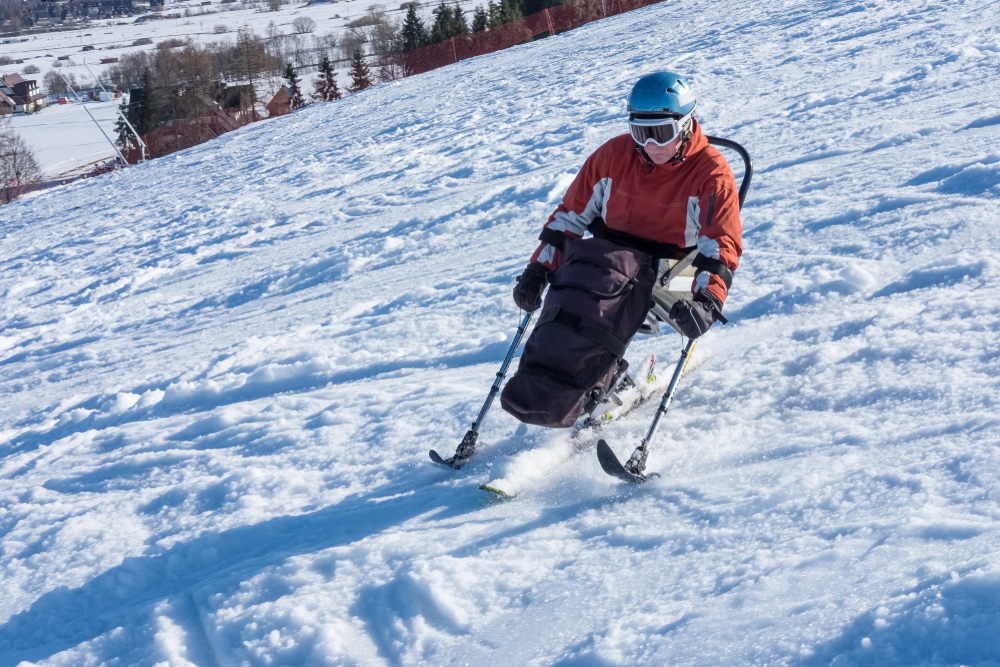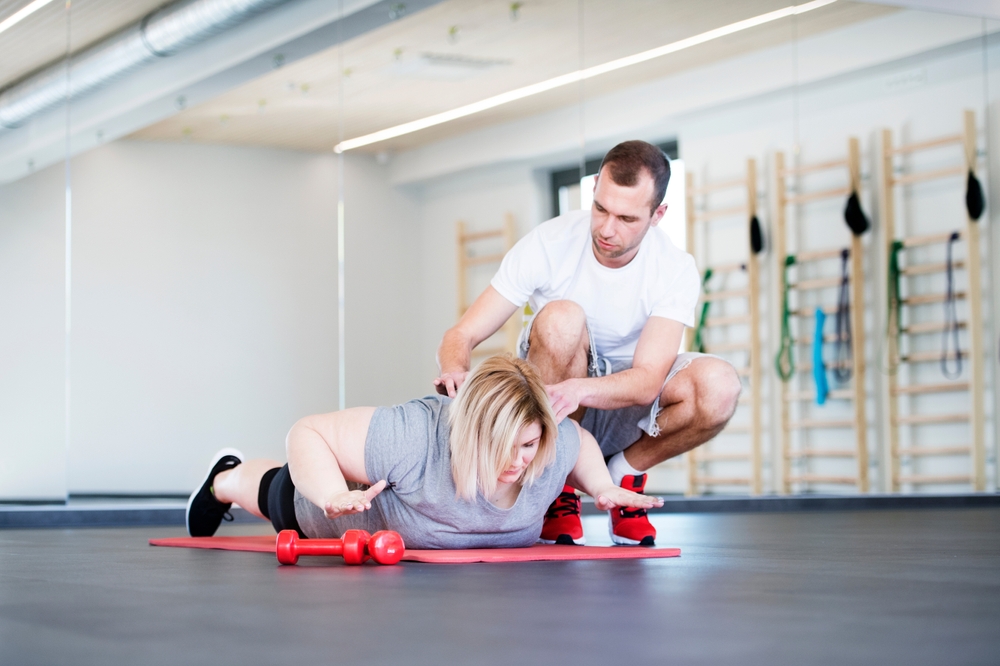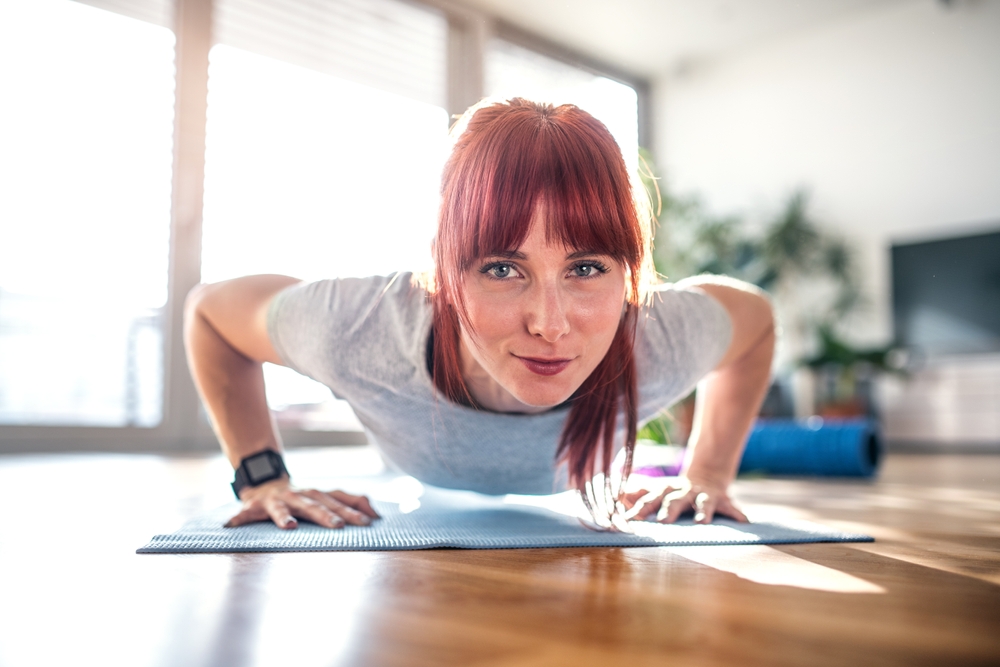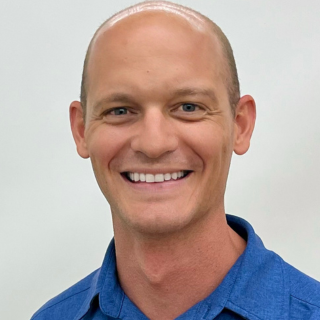Make an Appointment
Ever rolled your ankle or hurt your knee? What are the usual things you do after this occurs? Rest? Ice? Compress? Elevate? Those steps are what we have been told to do to help us in our early stages of recovery after injury. They form the old RICE abbreviation that has been floating around for decades. Well guess what? Time to update your acronyms, we now are using the PEACE and LOVE protocol for managing those acute injuries.
PEACE
STEP 1: Immediately after soft tissue injury we need to do P.E.A.C.E. and no harm. This can be explained below:
P = Prevent/protect
This step has been added to emphasise and remind people of the importance of avoiding further injury/tissue damage, however, does not infer indefinite immobilisation. For example, the use of crutches during daily activities to protect an injured ankle.
E = Elevate
Elevating the limb will help prevent pooling of swelling and contribute to promote fluid flow out of the area.
A = Avoid certain anti-inflammatory medications
The use anti-inflammatory medications is still under investigation as to whether they are currently effective in the early stages of soft tissue management. There is some evidence to suggest that strong anti-inflammatory medications such as ‘Celebrex’ can actually hinder or delay the healing process
C = Compression
Utilising external pressure such a tape or bandages may help reduce internal swelling and bruising. Simple compression bandages or braces will usually suffice.
E = Education
Come on in and have a chat to one of our physiotherapists as we are the experts! We aim to promote an active approach to recovery to get you back on track, avoiding unnecessary treatments.
LOVE
STEP 2: After the first few days have passed we need to give the soft tissue/injury area some L.O.V.E.
L + O = Loading Optimally
Instead of not using or loading the injured limb at all, optimal loading will stimulate the healing process.
Traditionally crutches, braces and supports were used to immobilise completely and were associated with rest, but these now play a role in helping us adjust and regulate ‘optimal loading’ in the early stages of rehabilitation.
V = Vascularisation
Pain-free cardiovascular activity should be started a few days after injury. This will help boost motivation and promote blood flow to the injured area. Early mobilisation and aerobic exercise improve function and reduce the need for pain/anti-inflammatory medication.
E = Exercise
This is a foundational step to help us get back to the activities and sport we love whilst preventing further or reoccurring injuries. Our physios will prescribe some pain free and injury specific exercises and closely monitor your progress, making them harder when you get really good at them.
The next time you think you have a soft tissue injury, your best course of action is to contact your local physiotherapist as soon as possible so we can help you manage the pain, do no harm, and learn effective exercises with a specialised treatment plan just for you.
Call us today or book online to get some PEACE and LOVE!
Date Published: Friday, March 20, 2020
Date Modified: Tuesday, July 2, 2024
Locate a Mobile Exercise Physiology
Service Near me
Get the experience & convinence you deserve to support your or a loved one's allied health needs.
Our Mobile Exercise Physiology team are currently serving & taking appointments in the following states and regions in Australia:
Need to get into direct contact with ur Client Services team? We're all ears. Call our team directly on 1300 731 733








